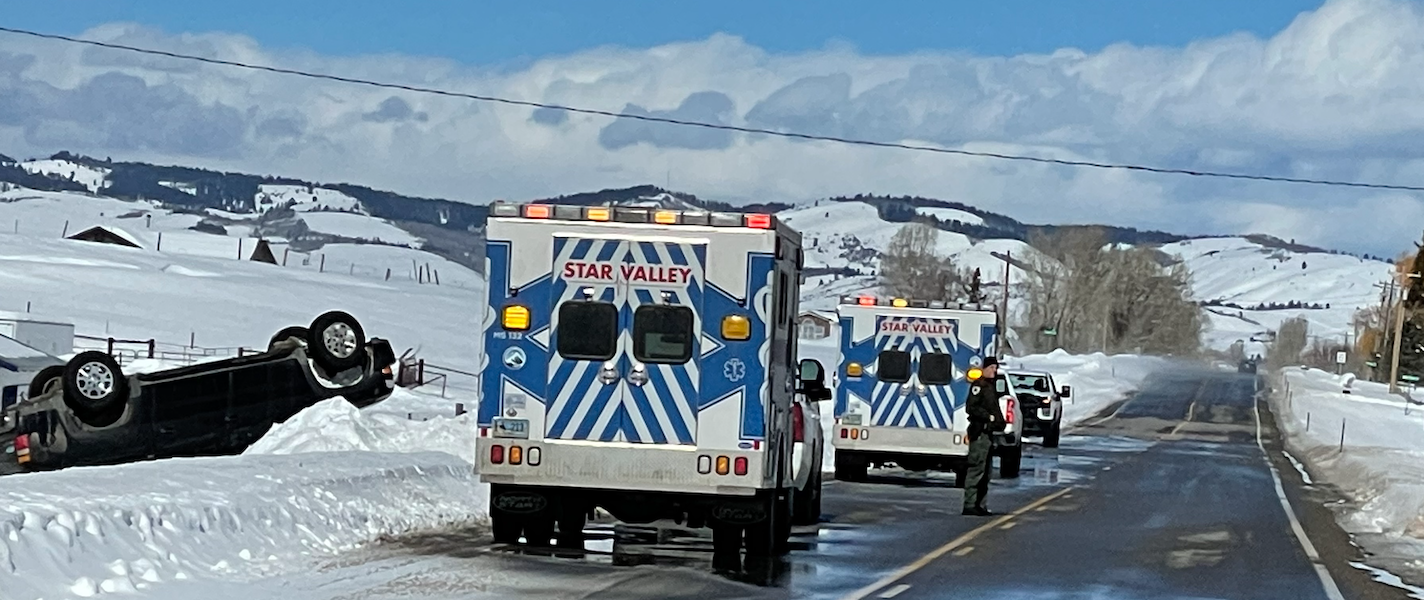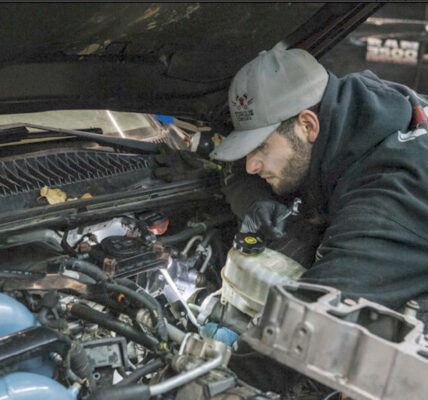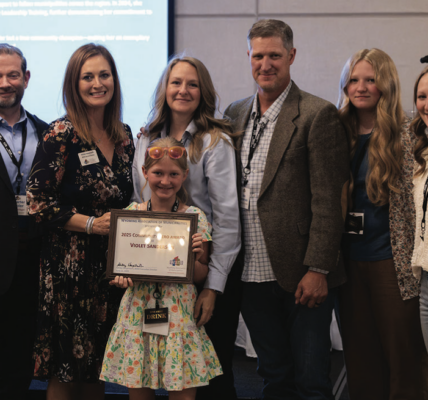By Madelyn Beck, WyoFile.com
Mounting pressures have made it nearly impossible for rural EMS agencies to balance their budgets, resulting in a spate of EMS office closures across Wyoming and increasing uncertainty about providing ambulance and emergency care to state residents.
One proposed bill at the Legislature aims to create a new funding source.
Sen. Cale Case (R-Lander) is sponsoring Senate File 43 – EMS districts, which would allow counties to form — and local voters to adopt and fund — EMS districts.
“We’re hoping to get sustainable funding, hold the level of service or make it a little bit better,” Case said. “This is not for big communities, but very rural places.”
The measure comes as state data shows it regularly takes ambulances 30 minutes or more to reach significant swaths of Wyoming.
The legislation would not mandate commissioners pursue districts. However, it could offer a lifeline for counties that have struggled to fund EMS service.
Fremont County, for example, had to subsidize Frontier Ambulance, the latest company to take over its county EMS, with $1.45 million in 2022 after reports of significant losses the year before, according to Commissioner Michael Jones.
“Our budget is roughly $24 million, and [$1.45 million] is a lot of money for us,” he said.
That’s with the county owning ambulances and other physical assets Frontier uses, and comes after significant concerns over whether Fremont County would even find a company to take over services there in 2021.
A combination of reimbursement costs, government budget structures and scarce funding have added to the challenges of maintaining rural EMS.
Gov. Mark Gordon’s office and Wyoming Department of Health published a report in October highlighting the challenges facing EMS in Wyoming and why at least 10 EMS agencies have shuttered in the last decade — including five that closed in 2021.
It found calls for EMS service increasing, volunteer numbers decreasing and growing costs outpacing reimbursements from major insurers like Medicaid and Medicare.
That reimbursement rate is deplorable to Scott Kitchner, fire chief of Sweetwater County Fire District #1.
“It’s a scam,” he said. “I don’t see how they can allow that to happen.
“If you don’t want to pay the full amount, that’s fine,” he continued. “But you go from like a $3,000, $4,000 ambulance call, and you’re only going to reimburse $400 or $500? That’s ridiculous.”
Kitchner was part of an ambulance service board that helped county commissioners oversee their contract with Sweetwater Ambulance, which recently shuttered.
Now, Green River-based Castle Rock Hospital District is the only agency providing EMS in Sweetwater County, and while Kitchner said they’ve done a good job so far, he expects the funding challenges will continue.
In rural areas, it’s also hard to get enough fully reimbursable calls to cover ambulance costs. According to WDH, an average ambulance in the U.S. costs $526,396 to operate each year, assuming it’s staffed with two EMTs.
“This figure is a national average and may be much more expensive in rural and frontier regions,” the report states. “In order to operate cost-neutral from transport fees alone, a [basic life support] ambulance requires about 650 transports per year.”
When calls and reimbursements fall short, counties and municipalities often have to cover excess costs. That’s a challenge when the state statute limits counties to 12 voter-funded mill levies total.
WDH found in October that “21 of 23 counties are currently at their maximum mill levy.”
Special districts like sewer districts or the proposed EMS district, however, are exempt from that cap.
Government budgets have also played a role. The WDH reports that federal funding decreased significantly for the state in the ‘80s, and state funding for Wyoming’s Office of Emergency Medical Services — which helps certify EMS employees and train them — declined nearly 30% in 2020.
“The most recent reductions to the state OEMS budget substantially reduced the support for education and training,” EMS stakeholders told WDH, according to the agency’s report. “This cost fell back onto the individual or the local EMS agency, which increases the difficulty of recruiting new personnel.”
Volunteers already struggle with the time commitment of becoming certified as an EMT, according to the report, and added financial burdens create more obstacles.
EMS in Wyoming has gotten a boost from federal grants and some state money, including $5 million for EMS recruitment and retention WDH distributed late last year with help from the Wyoming Hospital Association and a $10 million regionalization pilot project, which is currently reviewing applications.
Fremont County Commissioner Jones said his county applied for some of that funding, asking for a few more ambulances to transfer patients to other areas less expensively than by air, which can cost uninsured people tens of thousands of dollars.
“Fremont County is five times larger than any other county in the number of air flights that we have,” he said. “So we’re close to 1,000 a year. It’s crazy. At $50,000 to $70,000 a pop.”
Jones supports the idea of an EMS district for that reason, he said.
“It makes it a little bit easier for commissioners to get [EMS funding] out in front,” he said. “But it still requires the public to say, ‘yeah, that’s something we want to pay extra taxes for,’ which is really not very popular in Wyoming.”
Senate File 43 would provide flexibility to counties, but WDH’s report noted that there were still concerns with the concept: “This approach may result in a fragmented EMS system with access to quality EMS care being dependent on whether or not the county establishes and funds an EMS District.”
Another option is an essential service designation, which would require state or local governments to provide and fund EMS. Emergency medical services are recognized as essential in at least 17 states, but not Wyoming.
Fire Chief Kitchner supports the designation.
“[EMS] is an essential service, I don’t care what anybody says,” he said.“It is really essential when you’re the one to call 911 and you need to help.”
Kitchner recognizes that the designation would require funding, though, and that can be challenging to come by in Wyoming.
“Unless taxing authority is increased, requiring counties to provide and fund EMS services would result in the overwhelming majority of counties needing to discontinue other services,” the WDH report states.
There are also currently no state-mandated services, according to WDH.
“Wyoming’s statutes regarding municipal and county powers do not designate any ‘essential service’ municipalities and counties are required to perform,” the report states. “Instead, municipalities and counties are given authority to provide services, such as fire protection, but these are not required.”
Because of that, WDH said, mandating EMS would make it take precedence over other offices like police and fire departments.
Another solution is educating the public to reduce unnecessary 911 calls, which would mean fewer ambulance visits to people who don’t end up needing transport.
While this might help somewhat, Kitchner is skeptical it would lead to significant cost reductions since personnel are still needed to be ready for other calls. He is also concerned it could lead to people not getting help when they need it.
“There is abuse of the system,” he said. “We’ve all been on those calls…but the one time you don’t go out on those calls is when it is serious and it is an emergency. And then what happens?”
The report listed other solutions and challenges — like EMS pay and turnover, regionalizing more EMS systems and insufficient Indian Health Services reimbursements on the Wind River Indian Reservation — but one consensus emerged: something has to be done.
Wyoming’s populace continues to grow older, and for people like Commissioner Jones in Fremont County, a potential lack of emergency services makes him think about the healthcare tradeoffs that can come with living in such a rural state.
“As my wife and I get older, we think about that a little bit more,” he said. For himself, he added, “So go to the gym more than three times a week. It’s like holy cow, try to be healthy.”
Creating optional EMS districts won’t solve all the challenges Wyoming’s emergency medical organizations face, according to Sen. Case, but he says it’s one step toward a solution in rural areas.
“It doesn’t change all that, but it does provide some governance with some county direction and some sustainable funding,” he said. “If the voters want more services, they’d be able to vote for more services.”





